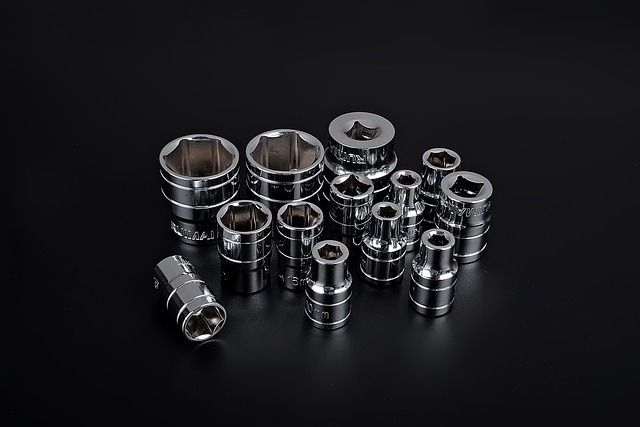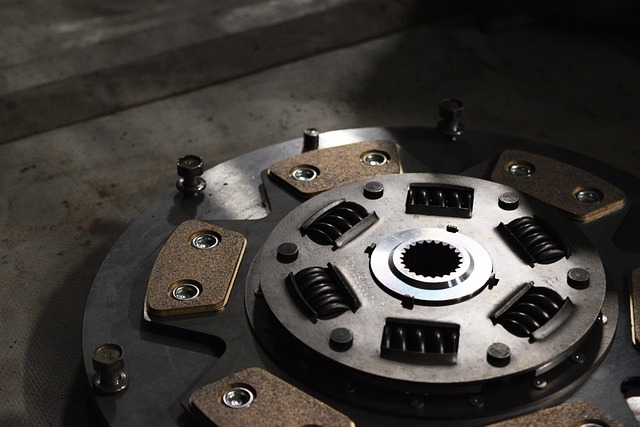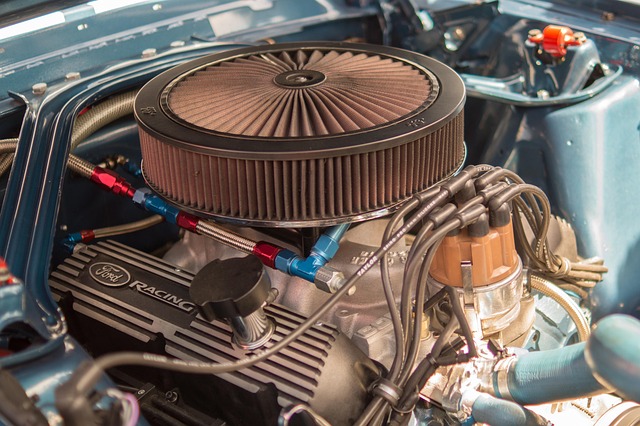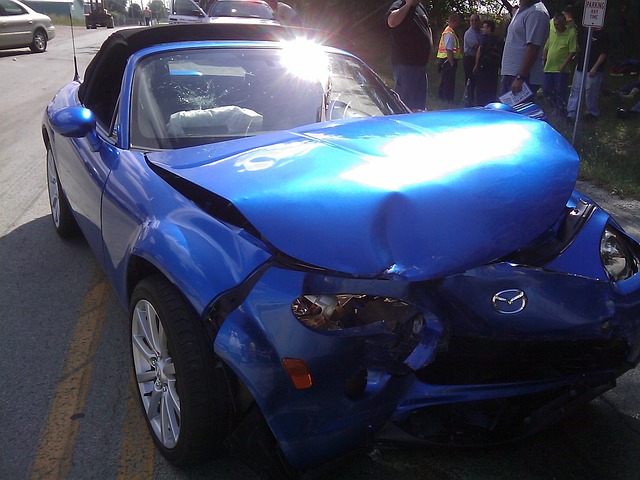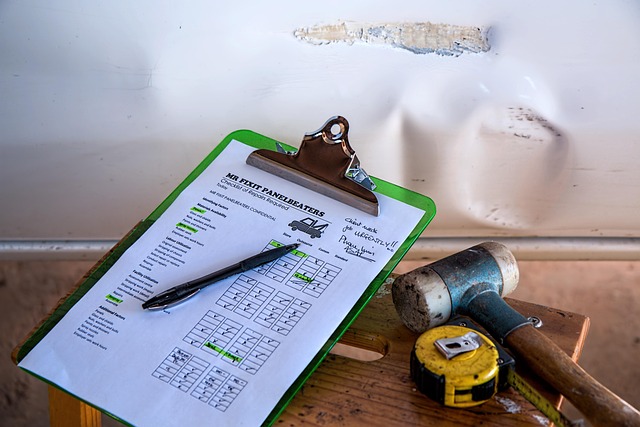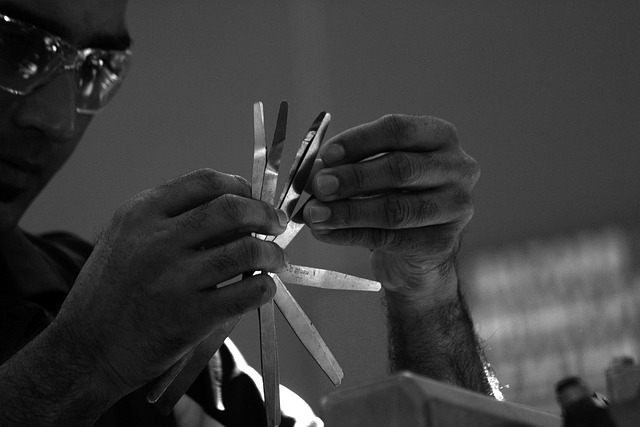Auto body repair guarantees provide assurance for consumers, covering defects from the repair process but not subsequent accidents or neglect. Customers should understand specific exclusions like limitations on parts not physically repaired, ordinary wear and tear, and pre-existing damage. Shops must conduct pre-assessments, maintain detailed documentation, communicate transparently, and have a robust post-repair follow-up process to protect their guarantees and reputation in a competitive market.
Maintaining an auto body repair guarantee is paramount for ensuring customer satisfaction and safeguarding your business reputation. This article delves into the best practices to protect these guarantees, covering key aspects from pre-repair assessments and thorough documentation to effective communication with clients. We’ll explore post-repair follow-up strategies and dispute resolution tactics, providing a comprehensive guide to upholding your commitments and fostering long-term client relationships. Understanding auto body repair guarantees, their coverages, and exclusions is essential, as it forms the crux of successful guarantee protection.
- Understanding Auto Body Repair Guarantees: What They Cover and Exclusions
- Key Practices for Effective Guarantee Protection: Pre-Repair Assessments, Documentation, and Customer Communication
- Post-Repair Follow-Up and Dispute Resolution: Ensuring Customer Satisfaction and Protecting Your Reputation
Understanding Auto Body Repair Guarantees: What They Cover and Exclusions

Auto body repair guarantees are designed to offer peace of mind to customers who have invested in quality auto bodywork. Understanding what these guarantees cover and what exclusions apply is crucial for both consumers and repair shops. In general, an auto body repair guarantee will cover any defects in materials or workmanship that arise from the repair process itself. This typically includes issues like poor paint job, misaligned panels, or structural weaknesses. However, it’s important to note that these guarantees usually do not extend to damage caused by subsequent accidents or neglect, such as dents, scratches, or rust.
When considering auto body repair guarantee protections, customers should be aware of specific exclusions. For instance, many policies will not cover damage to parts that were not physically repaired, like a crumpled fender left untouched during the repair process. Additionally, ordinary wear and tear is often excluded, as well as any pre-existing damage that was not disclosed at the time of service. Understanding these limitations helps set clear expectations between customers and repair shops, ensuring everyone is protected under the terms of the guarantee.
Key Practices for Effective Guarantee Protection: Pre-Repair Assessments, Documentation, and Customer Communication

Maintaining an auto body repair guarantee involves a trifecta of key practices: pre-repair assessments, meticulous documentation, and open customer communication. Before embarking on any repair process, conduct comprehensive pre-assessments to ensure all damage is accurately identified and documented. This includes detailed visual inspections, along with the use of advanced diagnostic tools for complex vehicle body repairs, such as bumper repairs or car restoration. Not only does this practice guarantee that every aspect of the vehicle’s condition is considered, but it also paves the way for realistic expectations during the repair process.
Effective documentation serves as a cornerstone of any successful auto body repair guarantee. Keep detailed records of all assessments, repair methods used, and parts replaced. Additionally, foster clear communication channels with customers throughout the entire process. Regular updates on progress, potential delays, and expected completion times not only build trust but also ensure the customer is satisfied with the vehicle’s restoration. This open dialogue can help manage expectations and prevent misunderstandings regarding the guarantee’s scope and limitations.
Post-Repair Follow-Up and Dispute Resolution: Ensuring Customer Satisfaction and Protecting Your Reputation

After completing the auto body repair guarantee, establishing a robust post-repair follow-up process is essential to ensure customer satisfaction and protect your reputation in the competitive market. It involves contacting clients to verify their satisfaction with the work performed and addressing any concerns or issues promptly. This step allows you to gather feedback, make necessary adjustments, and build strong relationships with your customers.
In case of disputes, having a clear dispute resolution process is crucial. It includes documenting all communications, maintaining records of repairs, and understanding the terms of the guarantee. By efficiently managing complaints and providing satisfactory resolutions, you can maintain customer trust and uphold your body shop’s reputation for quality service and reliable auto body repair guarantee protection.
Maintaining an auto body repair guarantee is paramount for ensuring customer satisfaction, protecting your reputation, and upholding the integrity of your work. By understanding what these guarantees cover and adhering to key best practices such as pre-repair assessments, thorough documentation, and open communication with customers, you can minimize disputes and ensure long-lasting client relationships. Regular post-repair follow-ups and effective dispute resolution further strengthen trust and highlight your commitment to quality auto body repair services.
